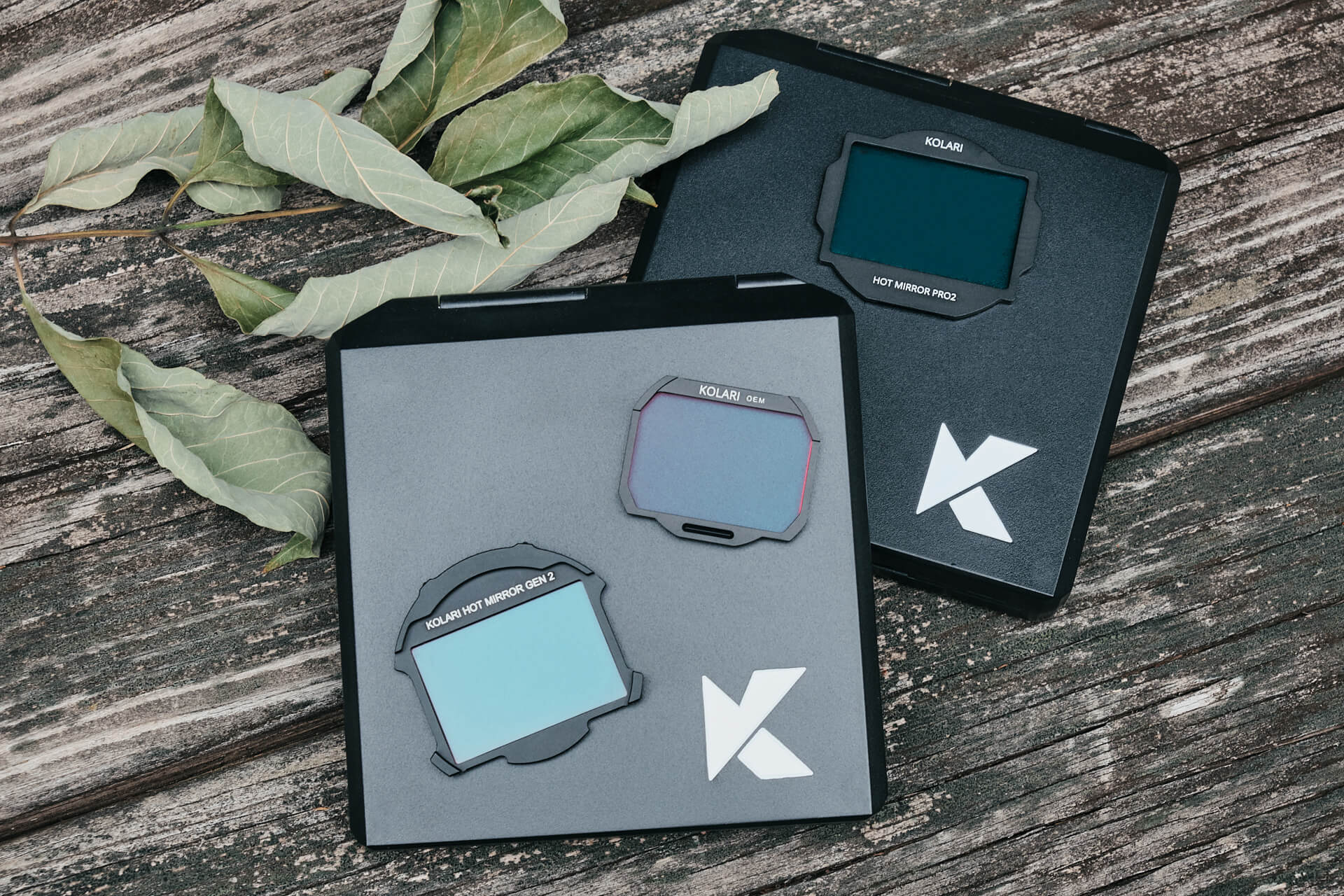Contents
Source: Wikipedia
<>
The Role of Hot Mirrors in Optical Systems
Introduction
When it comes to optical systems, particularly those incorporating incandescent lamps like halogen lamps, managing heat load is crucial. The generation of both visible light and infrared light can lead to thermal issues within the system, affecting optical components and causing aberrations.
Hot Mirrors: Heat Control Filters
Hot mirrors are specialized optical filters designed to address the challenges posed by infrared radiation in optical systems. They are categorized based on their interaction with light:
Hot Mirrors
Hot mirrors reflect infrared radiation while allowing visible light to pass through. By incorporating hot mirrors into the beam path before sensitive optical components, the infrared heat is effectively managed.
Cold Mirrors
In contrast, cold mirrors are used to reflect visible light while either transmitting or absorbing infrared light. They are commonly employed as folding mirrors in optical setups.
Design and Functionality
Hot mirrors are typically dielectric mirrors optimized to reflect infrared light efficiently. While ideal performance across a broad infrared spectrum is challenging due to material limitations, these mirrors excel in reflecting near-infrared wavelengths.
Material Considerations
To minimize thermal effects and ensure optimal performance, hot mirrors are often constructed using substrates with excellent thermal resistance, such as borosilicate glasses or fused silica. These materials help mitigate heat-related issues within the mirror.
Performance Optimization
The reflective properties of hot mirrors are angle-dependent, with optimized performance for specific angles of incidence. Deviations from these angles can impact the mirror’s efficiency in managing heat and infrared radiation.
Conclusion
Hot mirrors play a vital role in optical systems by effectively controlling heat and managing infrared radiation. Through their design and functionality, these specialized optical filters help maintain the performance and longevity of optical components within a system.

Source: Kolari Vision
Feel free to comment your thoughts.


